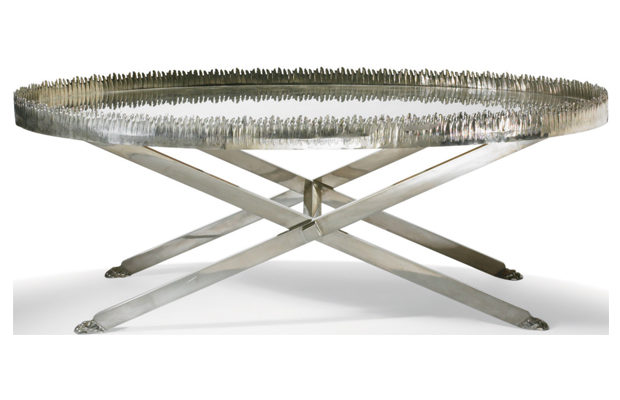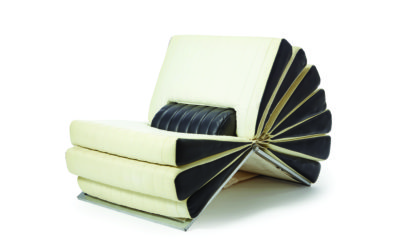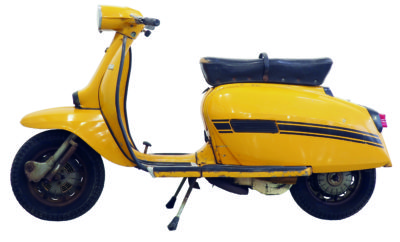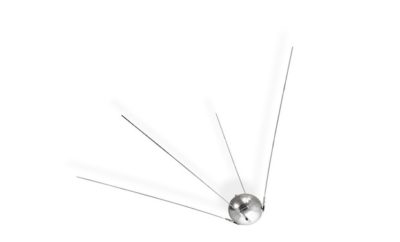
Design
Maria Pergay Tea Table
LOT 318, Wright Auctions, Chicago, December 9, 2008: A tea table designed by Maria Pergay in 1957. Custom-made of silver, silver-plated steel, and mirror-polished stainless steel, it sold for $112,800 off an estimate of $60,000 to $80,000—the top lot in the sale. Some reasons for the high price:
Rarity
Throughout her career, Pergay, now 78 years old, has never designed objects for mass production. She created perhaps three other variants on this tea table, but for all intents and purposes, it is a unique piece. “It’s an early and unusual Pergay design,” says auctioneer Richard Wright. “It strikes a nice balance—neither severe nor a confection.”
Materials
Furniture fabricated from silver has an old and regal pedigree—Louis XIV furnished several rooms at Versailles with pieces made of solid silver—but silver leaf is seen only in modern designs (and then not often). “The table has a spectacular materiality,” Wright says. “The soft sheen of silver gives it a special quality.”
Current cachet
Over the past few seasons, New York dealer Suzanne Demisch has carefully built a market for Pergay’s work and co-authored a monograph on her career, Maria Pergay: Between Ideas and Design. “You can say we were fundamental in raising her profile among collectors,” says Demisch. “Maria is now a known quantity. And when a piece [like the tea table] comes along that has never been seen before, there’s an automatic spike in price.”
Form
As Wright points out, “there is a timelessness to the X-based table, but Pergay treats it in such a modern way.” The scalloped tongue-of-flame edging makes the piece, giving it a verve that is wholly unexpected in an object made in 1957. The detailing seems to foreshadow a style nearly 40 years in the future: the neo-baroque designs of the 1990s by the now dissolved team of Elizabeth Garouste and Mattia Bonnetti. According to Demisch, “Maria has always been several steps in front of other people.”
Provenance
The history of the Pergay table is known: it was commissioned by Madame Aboucaya, the wife of Algeria’s envoy to France. While not a particularly distinguished provenance, “it was nice to have that information,” says Wright.












